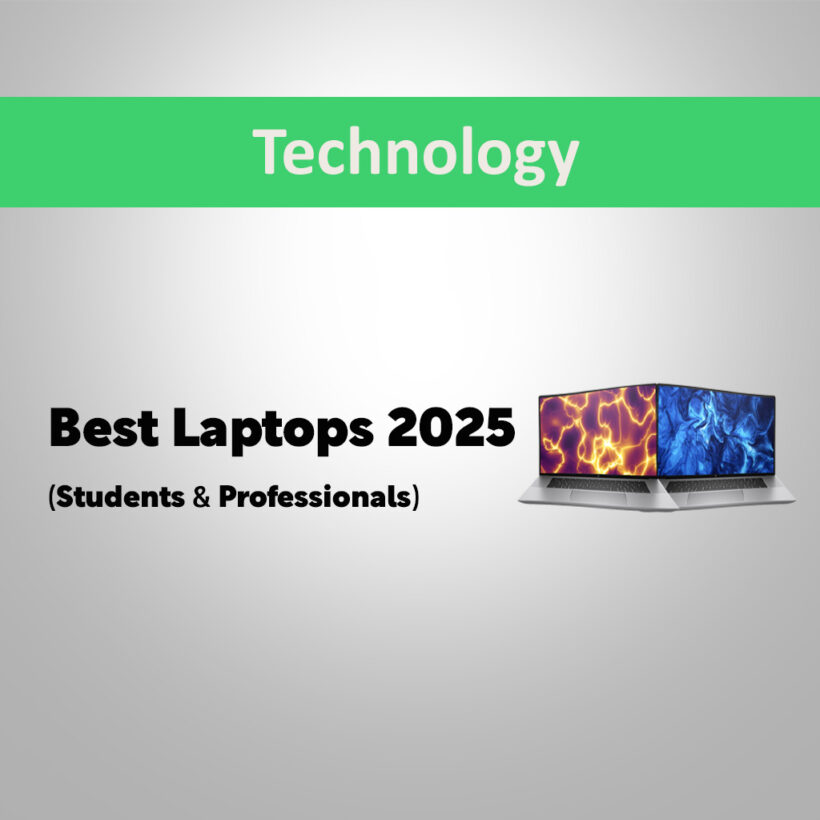Whether you’re grinding through class projects, exploring epic game worlds, or just streaming your favorite shows, your laptop should work around you, not the other way around. Our guide helps us find not only the best laptop overall but also the best laptop for your needs and in your price range, from a powerhouse gaming laptop to a simple Chromebook for getting work done without emptying your wallet.
1. Apple MacBook Pro 16-inch M4 (M-4 Pro)
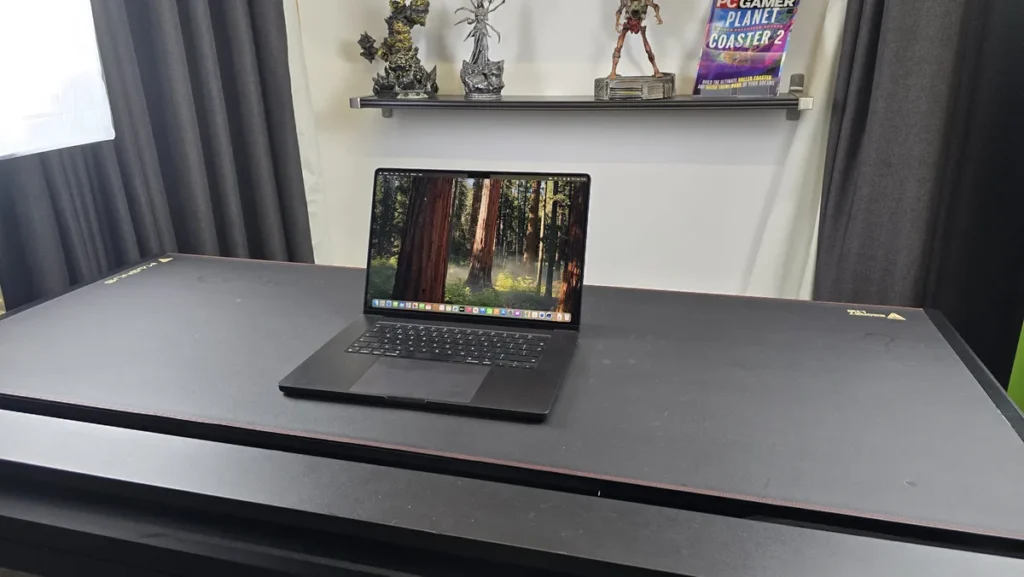
(Image credit: Collin Probst // Future)
SPECIFICATIONS:
- CPU: Apple M4 Pro – M4 Max
- Graphics: Up to 40-core GPU
- RAM: Up to 48GB
- Display: 13.6-inch, 1664p
- Size: 12 x 8.5 x 0.44 inches
Reasons to buy:
- +Affordably priced
- +Excellent performance
- +Excellent performance
- +Bright Liquid Retina display
Apple’s smallest laptop still weighs just 2.7 pounds while packing the more powerful M4 chip in 2025, bringing another leap in performance and better battery life. Did I mention it also got a $100 price cut? This is the best laptop for most people in 2025.
The MacBook Air’s 13.6-inch screen is still among the brightest on a consumer laptop in 2025, and True Tone guarantees color accuracy. The only criticisms of the Air’s screen are its 60Hz refresh rate and that it isn’t quite as vibrant as OLED rivals. These are not issues, but they are something you’d be aware of if comparing it side-by-side with another laptop.
Apple left the design alone this year, and it’s great news for the Air M4, which at 0.44 inches remains one of the thinnest laptops around. That kind of portability is fantastic, but that it manages to offer almost class-leading performance in that form factor makes it even more incredible.
Reference points, the MacBook Air M4 landed a 14,849 on Geekbench 6, significantly higher than the category average. The Handbrake video transcode test took our unit 5 minutes and 40 seconds to convert a 4K video into 1080p. This is an area where the Air M3 struggled last year, but this jump positions it at the top once more.
Apple’s SSD performance is once more exceptional at a BlackMagic Write speed of 3,456.2 MBps and a Read speed of 3,018.4 MBps.
Thin and light but potent sounds like a recipe for battery frustration, yet the MacBook Air M4 lasted 15 hours and 42 minutes on average on our Laptop Mag battery test.
Apple’s new Center Stage 12MP webcam is another major hardware upgrade this year, which currently matches the MacBook Pro models. It’s one of the top webcams in any laptop that I’ve reviewed.
The limited ports might still be an issue for some, with only a couple of Thunderbolt 4/USB-C ports, but at least MagSafe 3 has both ports available while charging. Back to the pricing, the MacBook Air 13-inch M4 now begins at $999, back to that price point for the first time since the MacBook Air M1 in 2020. That is even more significant because Apple bumped up the base RAM to 16GB across all MacBooks on October 30, 2024, which was previously a $200 add-on that we would advise most users to get.
Require more screen space? Turn no further than the 15-inch MacBook Air M4. It replicates all of the goodness of its smaller cousin but with a bigger 15.3-inch screen.
Another significant shift this year, Apple did not retain the old MacBook Air like it had done before bringing out the M2 Air in 2022, so if you are curious regarding whether to buy the MacBook Air M4 vs. M3, it’s something you probably won’t have to make as supplies of the former should run out soon enough.
2. Acer Swift Go 14
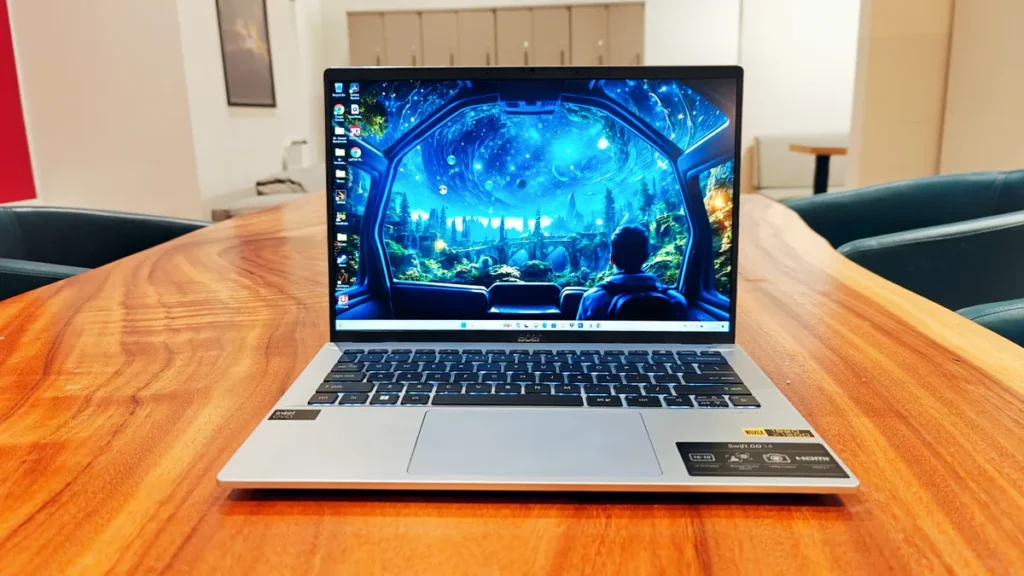
(Image credit: Collin Probst // Future)
SPECIFICATIONS:
- CPU: Intel Core Ultra 7 155H
- GPU: Intel integrated Arc GPU
- RAM: 16GB
- Display: 14-inch, 1920 x 1200
- Size: 12.32 x 8.6 x 0.68
Reasons to buy:
- +Intel Core Ultra CPU/ARC GPU
- +NPU improves performance
- +Stylish, sturdy, all-aluminum build
- +Improved Battery life
Acer’s Swift Go 14 is the easy choice for the best budget laptop. Starting at $749, the Go 14 isn’t the cheapest laptop, but its value is incredible. We tested the mildly upgraded $999 configuration, but you’ll commonly see it priced lower than $700 today. The biggest sacrifice is downgrading from an Intel Core Ultra 7 155H to a Core Ultra 5 125H, so as long as you keep to productivity work, browsing, and other general computing, it’ll be an imperceptible difference if you can catch a good deal on the Ultra 5 125H model.
The build is identical at either price, with the Go 14 tipping the scales at a mere 2.9 pounds. The all-aluminum metallic chassis emits a subtle sparkle that appears and feels much, much more expensive than its cost. Opening it up, the black chiclet-style backlit keyboard, which is a striking contrast to the rest of the casing, looks and feels great. Acer also provides you with ports galore on this laptop that is so portable with two Thunderbolt 4 ports, two USB Type-A ports, an HDMI port, a microSD card slot, a 3.5mm audio jack, and a Kensington lock slot.
The screen comes in just short of the color mainstream average at 79.1 percent of the DCI-P3 color gamut (85.2 percent is average), but it outshines category average in brightness at 374 nits (354 is average). Again, considering the price factor, these are impressive performances. You might even choose the 2.8K display model if you prefer a crisper picture.
Performance with our test model was all we’ve grown accustomed to from the most recent Intel Core Ultra. Our Geekbench 6.2 general performance benchmark ran 12,434, beating out pricier models such as the MacBook Air M3 (12,087) in the process. It also torched the rest of the competition with our Handbrake video encoding benchmark at 5 minutes and 18 seconds, nearly four complete minutes below the class average (9:07), beating out the MacBook Air M3 (7:54) once more.
So what are the downsides? The battery life is not horrible, at 9 hours and 50 minutes in our benchmark, but it falls far short of leaders like the MacBook Air M3 (15:21) or the Asus Zenbook 14 OLED (15:52). If you travel a lot or otherwise find it hard to plug in, this might factor into your choice. The speakers that come built in are also subpar, so expect some wireless earbuds or headphones.
Yet these are minor issues for all but the most discerning user, so if you are searching for the ultimate value laptop, look no further than the Acer Swift Go 14.
3. HP Victus 15
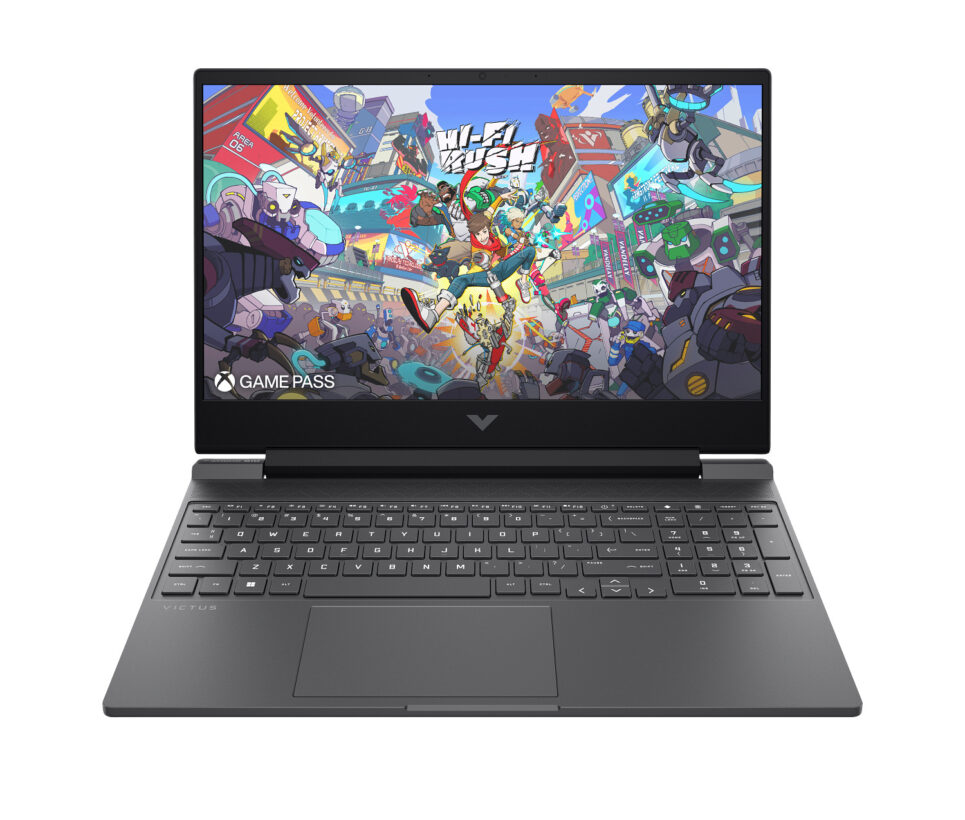
(Image credit: Collin Probst // Future)
SPECIFICATIONS:
- CPU: Up to AMD Ryzen 7 5800H
- Graphics: NVIDIA® GeForce RTX™ 4050 Laptop GPU (6 GB GDDR6 dedicated)
- Memory: 16 GB Ram, 1 TB SSD storage
Reasons to buy:
- +Excellent value for money
- +Great performance
- +Good graphics
- +Ideal for work and play
It could be sold as a gaming laptop. Nevertheless, the HP Victus 15’s understated design (free of the tacky ‘gamer aesthetic’ of so many high-end laptops) and RTX-enabled variants make it a good bet for any engineering student that will be operating graphically-intensive programs.
It’s also incredibly affordable for a laptop with a dedicated GPU, sure to delight any aspiring engineer on a tight budget. In testing, it lagged behind other gaming laptops in our typical tests, but not by much. We also discovered it has a serious approach to air circulation, with a dual-fan design and plenty of room for air to flow at the bottom. That will be a huge help when cranking away in those resource-hungry apps and big, involved projects that really put the stress on any engineering laptop.
A vibrant 15.6-inch FHD screen and overall sturdy build quality ensure that although this isn’t the lightest laptop on the market, it’s durable enough to ride out the knocks and scrapes of life in college. If you want to free up some space in your dorm room, this computer double-duties seamlessly as both a laptop and desktop replacement.
4. DELL XPS 13 9345
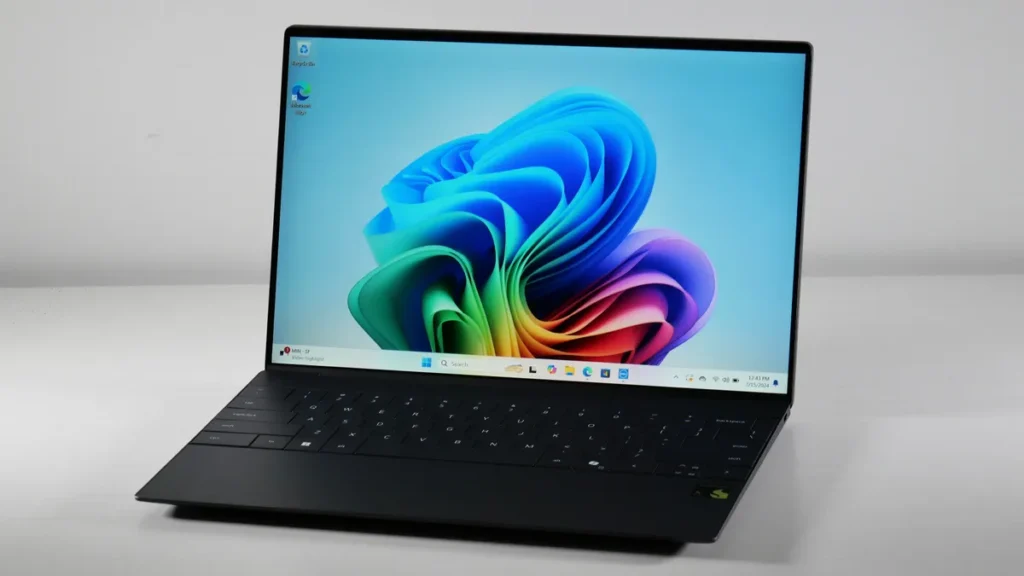
(Image credit: Future)
SPECIFICATIONS:
- CPU: Qualcomm Snapdragon X Elite X1E-80-100
- GPU: Qualcomm Adreno
- Memory: 16GB Ram, 512GB SSD
Reasons to buy:
- +Strong performance
- +Amazing battery life
The Dell XPS 13 9345 is a Copilot+ PC fueled by Qualcomm’s Snapdragon X Elite processor. This allows you to experience all sorts of AI-driven Windows features that vow to make work and play better on your laptop. Even if you’re not yet convinced about the AI revolution, this laptop dishes up a powerful combination of features.
Battery life is the unquestionable highlight of this performance, measured at 19 hours and 1 minute and an even more remarkable 20 hours and 51 minutes after we flashed in the BIOS 1.7.0 update. The average premium laptop manages 11 hours and 13 minutes in this test. As a student or a business traveler who must stay charged while on the move, the Dell XPS 13 9345 cannot be beat.
Before you think that battery life is courtesy of a power-sipping chip, the Snapdragon X Elite also posts an astounding 14,635 multi-core score in the Geekbench 6.3 overall performance test. That smashes the premium laptop average of 8,927 and its closest rivals such as the MacBook Air M3 (12,087) or Zenbook 14 (12,707).
It’s not the ideal laptop, however. Two ports will have some users scrambling for a docking station or USB-C hub. At only 66.9% of the DCI-P3 color gamut, the screen is quite dull, and our reviewer felt the keyboard was cramped.
Though the Dell XPS 13 9345 is still our longest-running laptop recommendation for most individuals, if you do need a business laptop, the Lenovo ThinkPad T14S Gen 6 bested it at 21 hours and 3 minutes. Like macOS better? The 14-inch MacBook Pro M4 managed 18 hours and 32 minutes.
5. Asus Zenbook S 14 (UX5406)

(Image credit: Future)
SPECIFICATIONS:
- CPU: Intel Core Ultra 7 258V
- GPU: Intel Arc integrated graphics 140V
- Memory: 32GB RAM, 1TB
- Size: 12.22 x 8.45 x 0.47 ~ 0.51 inches
Reasons to buy:
- +Responsive performance
- +Vivid Display
- Superfast battery
The Asus Zenbook S 14 (UX5406) is our top recommendation for best AI PC laptop right now, but it should be singled out in much greater praise. It has the latest Intel Core Ultra 200V series processor, and even when it costs full whack at $1,499, you are getting a very attractive combination of performance, nearly 14 hours of battery life, an 14-inch OLED-screen that’s stunning, along with 32GB of RAM and 1TB of storage. Use whatever AI, productivity, or creativity software you need to run and the Zenbook S14 should be a multi-tasking device on the move.
In our test, staff writer Madeline Ricchiuto wrote, “From its breathtaking looks to its bright OLED display panel, there’s much to love about the Asus Zenbook S 14.”
In our Laptop Mag battery test, the Asus Zenbook S 14 lasted a whopping 13 hours and 51 minutes, which should allow you to leave the charger behind even for your worst day of work, school, or play. And talking about on-the-go benefits, the Zenbook’s scratch-resistant Ceraluminum ultralight frame should keep it looking brand new even if you carry it everywhere you go.
If you’re concerned about your laptop’s looks, the Zenbook S 14’s 3K (2,880 x 1,800) OLED screen will make you extremely pleased. It is richly colored, covering 82% of the DCI-P3 color gamut, which is a great score for the usually low-scoring OLED, and at 342 nits of brightness, it should stand up to very bright surroundings.
Unlike most ultraportables, the Zenbook S 14 is not stingy on the port offerings, with a duo of Thunderbolt 4 USB-C ports, a USB 3.2 Gen 2 Type-A port, an HDMI 2.1 port, and a 3.5mm headphone/mic connector. That should meet most users’ requirements and sets the challenge for ultrabooks that have gone USB-C/Thunderbolt-only.
6. Asus ExpertBook P5 (P5405)
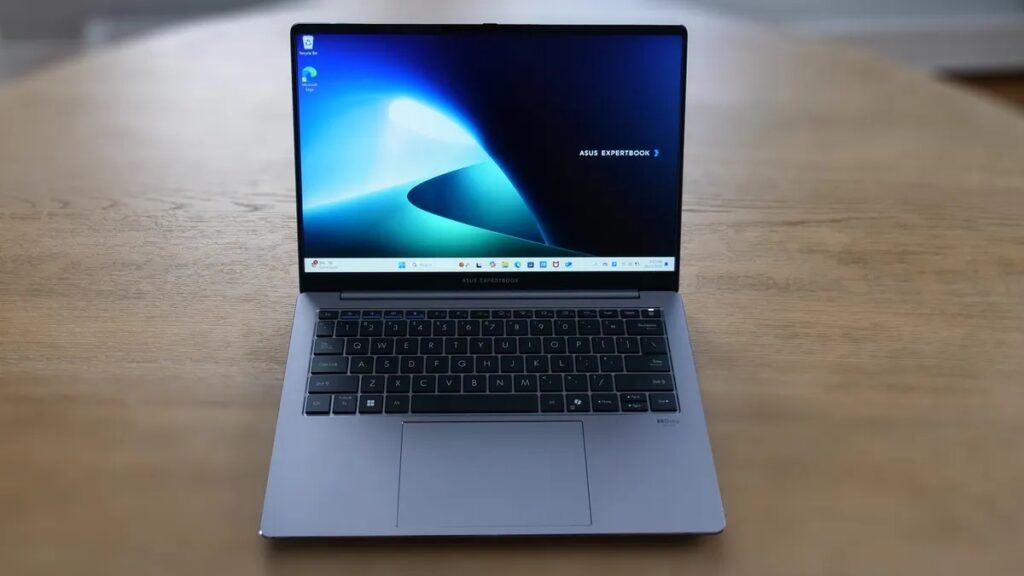
(Image credit: Laptop Mag / Sean Riley)
SPECIFICATIONS:
- CPU: Intel Core Ultra 7 258V
- GPU: Intel Arc 140V (16GB)
- Memory: 32 GB Ram, 1 TB SSD
- Size: 12.3 x 8.8 x 0.59 inches
Reasons to buy:
- +Bright 144Hz Display
- Affordable Price
- Solid Productive Performance
The Asus ExpertBook P5 is a near-perfect business laptop that covers the needs of 99% of business users at an affordable price. In our testing of the ExpertBook P5 (P5405), our managing editor Sean Riley wrote: “The 144Hz refresh rate is the most attention-grabbing spec.if you’re on your laptop all day, it is kinder to your eyes because it minimizes the nearly undetectable flicker of your laptop screen.” Add this to the 465 nit of brightness, and you have one of the strongest business laptop screens out there.
The latest Intel processor and plenty of RAM turn the Asus ExpertBook P5 into a productivity powerhouse if you work with a standard mix of office software and browser activities. If you require stronger performance for photo or video editing, 3D rendering, on-device LLMs, or similar demanding activities, look at a low-cost workstation such as the Lenovo ThinkPad P1 Gen 7 or one of the top Photoshop laptops.
To give the ExpertBook P5’s performance some context, it scored 11,259 on the Geekbench 6 overall performance test run by our lab. That’s about 9% better than the average premium laptop score of 10,308 but 7-12% behind competitors such as the Asus Zenbook S 14, MacBook Air M3, and HP EliteBook Ultra. That’s close enough that performance alone shouldn’t sway you to them over the ExpertBook P5.


